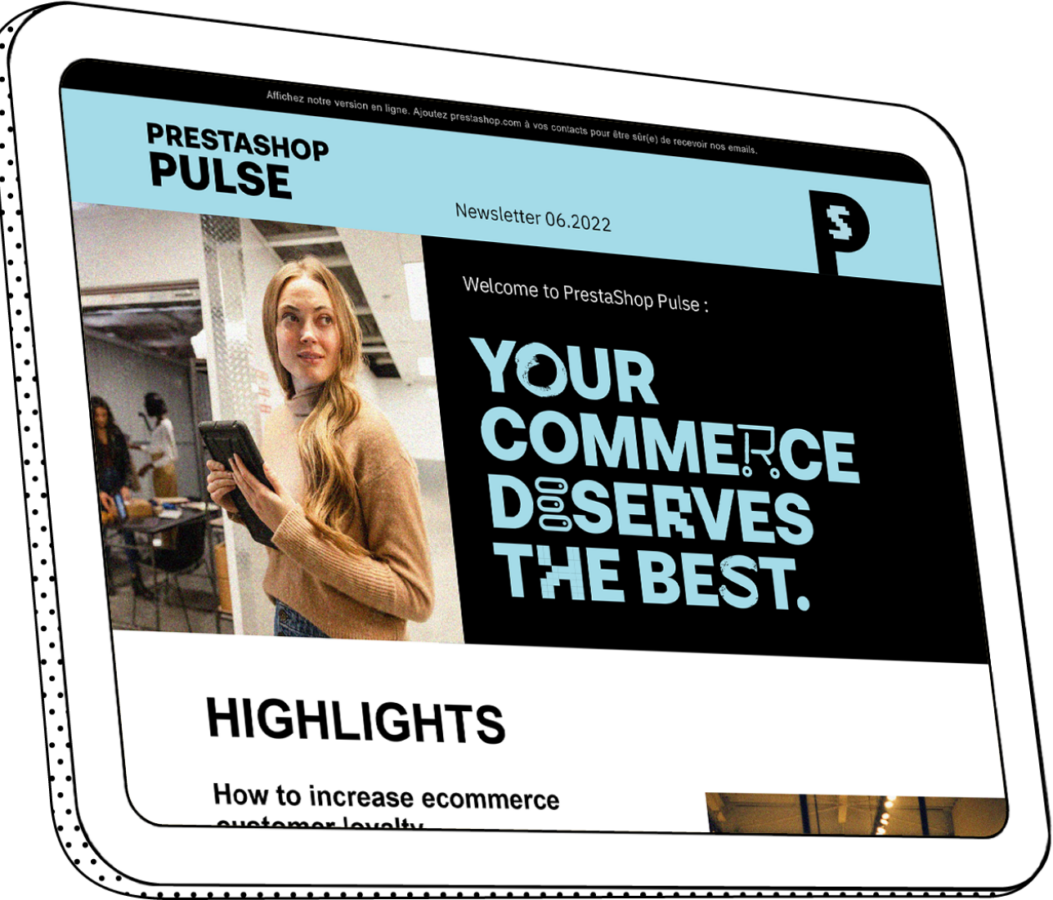
To boost your conversion rate, marketing automation is your best ally
You’ve built your ecommerce website, and now you need to drive profitable traffic towards it. Of course, the best way to accomplish this is through effective marketing. Traditionally, a business’s marketing team would drive visitors and convert them into leads. The sales team would collect, validate, manage, and pursue these leads. This paradigm was quite inefficient.
These departments should be encapsulated. Your marketing department should be focused on building and executing creative campaigns. Almost contrastingly, your sales department should be focused on selling the product.
But how do we implement this paradigm and keep both teams focused? The solution is marketing automation. In this guide, we’ll explore what it is and how it can streamline your marketing and sales while boosting your conversion rate.
What is marketing automation?
Generally, the key purpose of automation is to reduce or completely eliminate repetitive processes. It frees up more time and enables you and your team(s) to focus on more important tasks. However, it has other advantages, such as optimizing business processes so your organization can run better.
A good example of this is how automating invoicing and billing has proven to help accelerate how fast businesses get paid from clients. Marketing automation works on the same principle. It involves using technology and software to perform sales and marketing functions more effectively.
Automation also allows you to align your marketing with your sales to increase your conversion rate and, eventually, your revenue. Furthermore, it enables you to cement your brand identity, establish personal relationships with customers, and increase the visibility of your website through more visits.
Thus, essentially, marketing automation helps you find new customers, onboard existing customers, increase customer loyalty and identify your high growth and highly profitable customer segments. Additionally, it enables you to increase your engagement and communication with them.
How does marketing automation work?
According to Invesp, the average global ecommerce conversion rate was 4.31%. This statistic illustrates that more than 95% of people who visit your website will not purchase your products or sign up for any of your services or subscriptions.
Getting them to visit your website is a monumental step in the right direction. However, in most cases, it doesn’t add anything to your revenue – at least not yet. So how do you capture their interest and boost your conversion rate?
Generating new leads
The first step in conversion is lead generation. For instance, when a potential customer visits your website, you can offer them an incentive for conversion. For example, you can offer them a voucher or free content in turn for their personal details. These details may include their names, phone numbers, and email addresses.
Using these details, you’ve captured or generated a new lead. Once you’ve captured this lead and they meet a set of criteria (such as agreeing to receive marketing material), you can add them to a personalized email drip campaign that’s designed to warm-up cold leads.
Marketing automation in action
You can automate your lead generation and email campaigns through a service that allows you to send biweekly newsletters and offers to potential customers. This type of engagement allows your customers to build a personal relationship with your business and its products. It gradually warms them up as leads. When they encounter a problem that your product provides a solution for, you’ll be one of the first businesses on their minds.
However, the best way to optimize your conversion rate is to determine your eureka or ‘aha’ content. This scenario involves keeping track of your email campaign and identifying which content drives the most conversion. For instance, users are more likely to subscribe or purchase a product after receiving a voucher or an invite to a webinar.
You can go a step further and make your email marketing content more personalized. You can accomplish this by tracking what sort of content each customer responds to.
Upsell, cross-sell, and cycle-based selling
Marketing automation also enables you to enhance your sales process by upselling and cross-selling. For instance, if you know that your customer likes a certain product or has certain buying habits, why not sell them on an improved version of a product they purchased in the past? For instance, if your business sells bicycles and a customer has purchased one from you, you can start marketing accessories to them. These accessories could be repair kits, bike chains, water bottles, etc.
Speaking of cycling, marketing automation allows you to implement cycle-based selling easily. For instance, you can automatically launch personalized seasonal campaigns and promotions. These campaigns may include summer sales on bicycle-related attire and accessories.
You can nurture lifelong bonds between brand and customers through cycle-based selling, cross-selling, and upselling. You’ll be able to go beyond one-time conversions and create habitual buyers. These are just some ways marketing automation will allow you to boost and optimize your conversion rate.
Conclusion
As we learn more about where our customers live, their likes, dislikes, preferences, and the content they find most interesting; we can start conversing with them more personally and specifically.
We can develop highly-efficient customer segments from the data we’ve accumulated and present highly targeted and relevant offers to each group of customers. Again, it isn’t just about converting leads into one-time customers; it’s about building brand loyalty. In this regard, marketing automation may be your best ally. You just have to find the right workflow for your sales.





